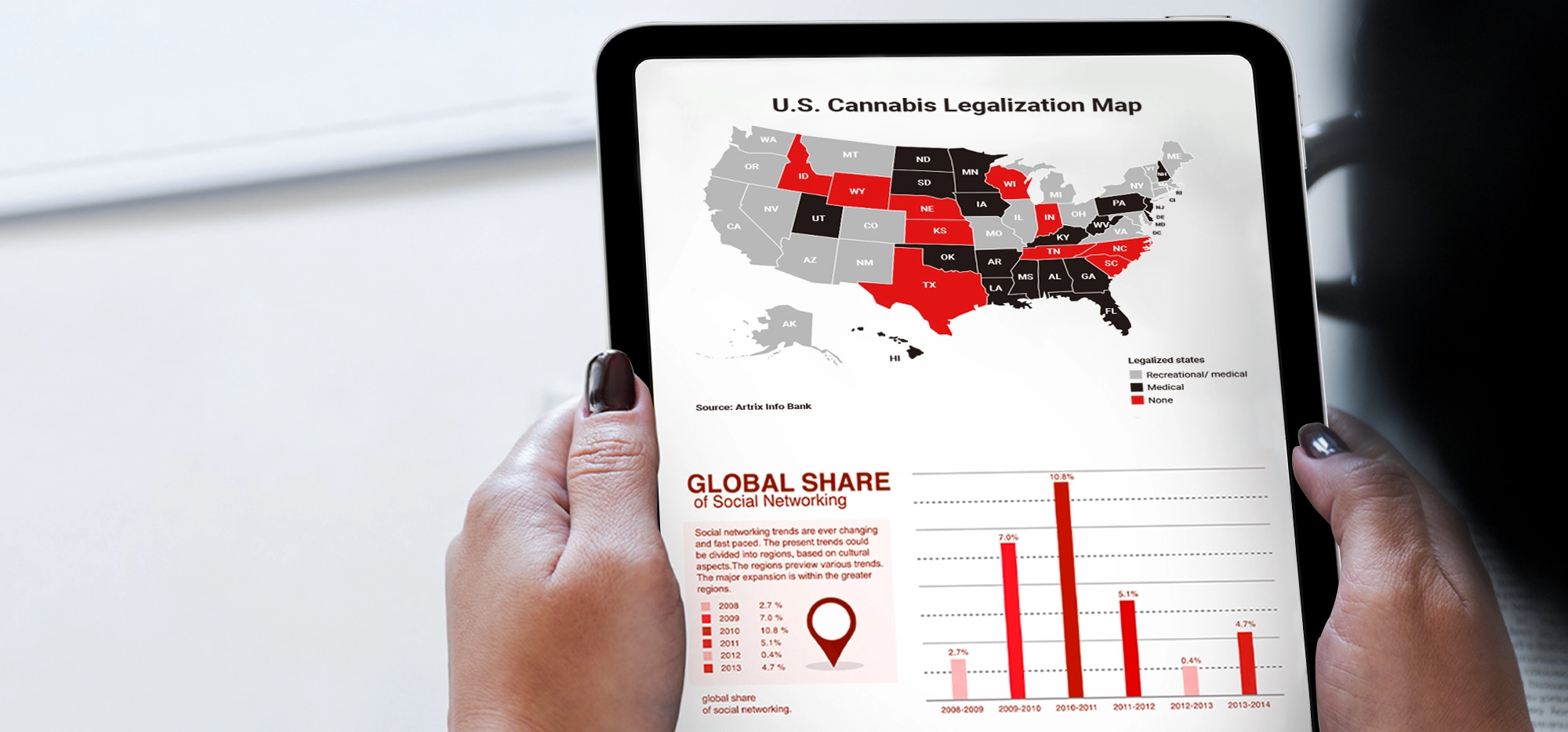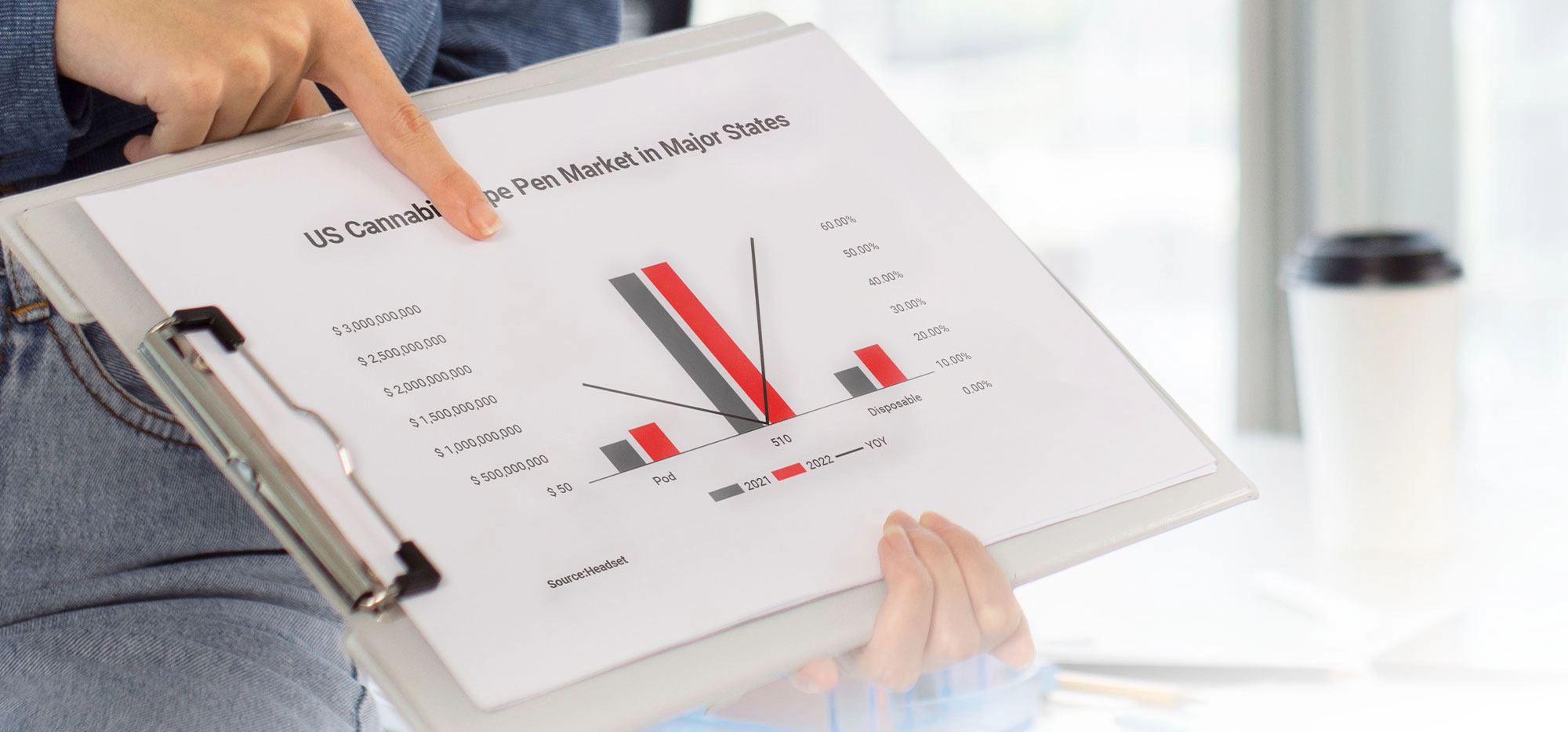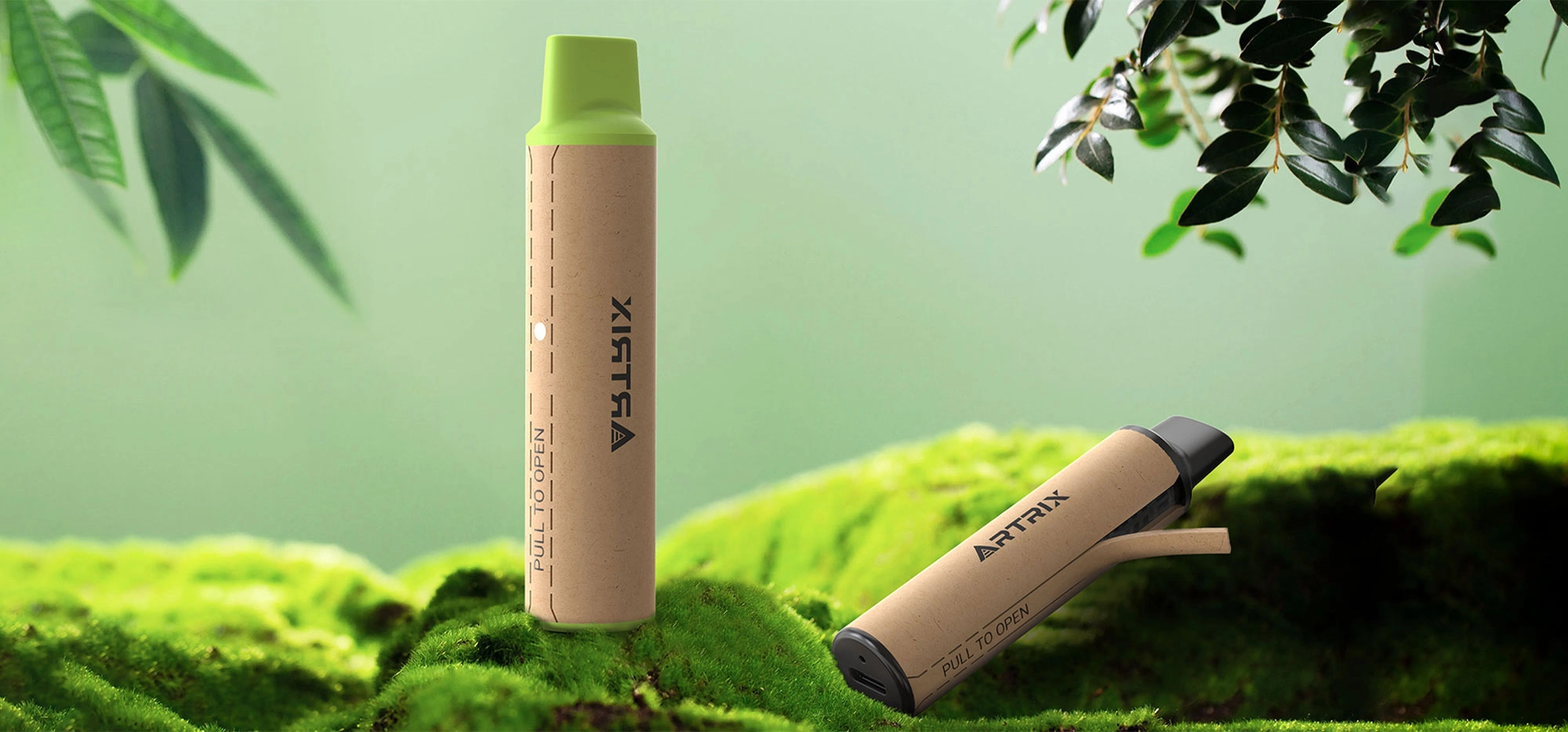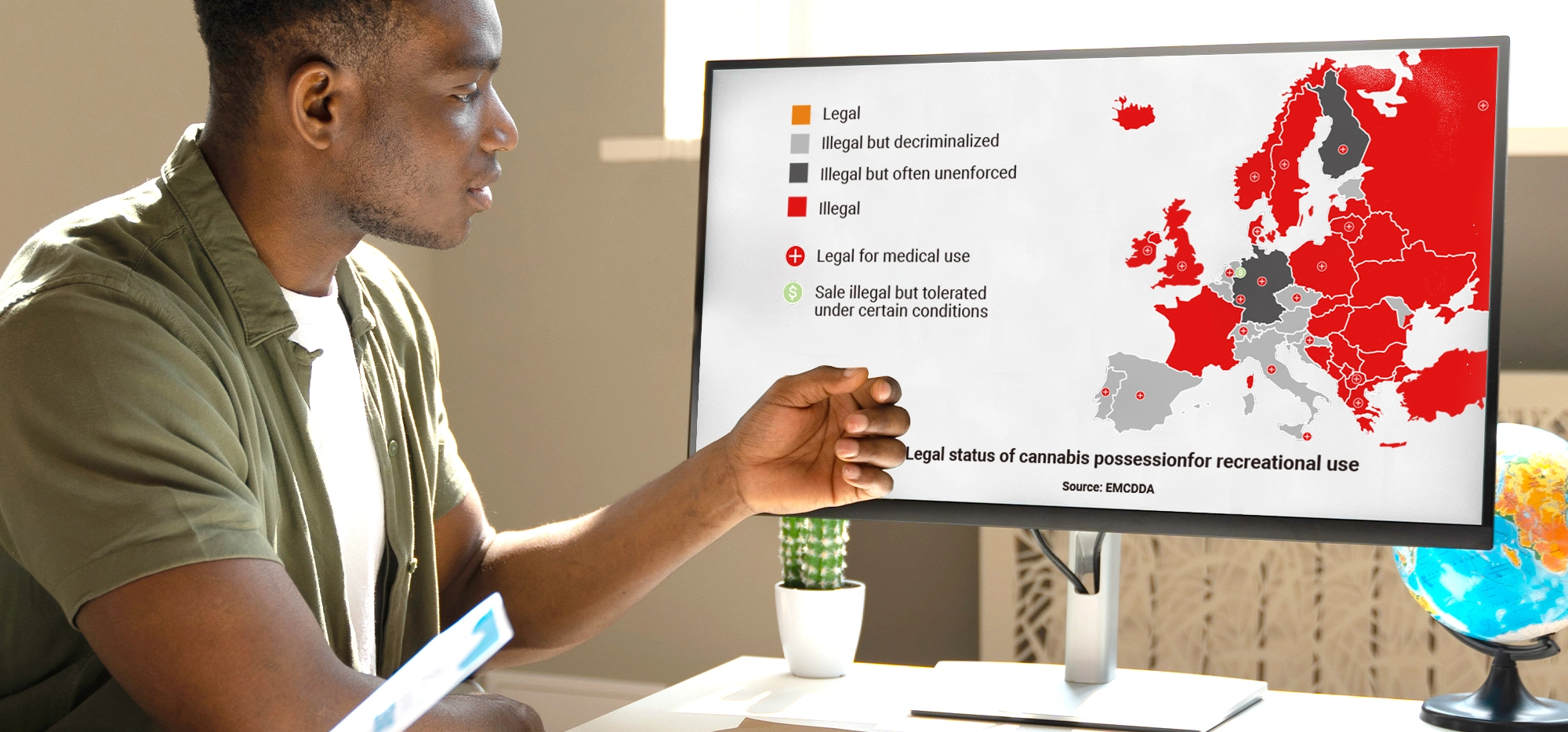CBD vs. THC: Unveiling the Truth Behind Cannabis
Cannabis contains a variety of compounds, but CBD (Cannabidiol) and THC (Tetrahydrocannabinol) are the most well-known. This guide explores the differences between CBD and THC, shedding light on their chemical structures, benefits, effects, legal status, and more. Understanding these differences can help you make informed decisions, whether for therapeutic or recreational purposes.

1. Chemical Structure and Source
CBD and THC are both found in cannabis but differ in their sources and effects:
·CBD (Cannabidiol): A non-psychoactive compound found in both marijuana and hemp plants.
·THC (Tetrahydrocannabinol): The primary psychoactive compound in marijuana is responsible for the high sensation.
2. Legal Status
The legality of CBD and THC varies by region:
·THC: is illegal in many places due to its psychoactive effects. However, some areas allow THC for medical or recreational use under specific regulations.
·CBD: Often legal, especially when derived from hemp with less than 0.3% THC. Nevertheless, laws regarding CBD can vary by state or country, so it’s crucial to check local regulations before purchase or use.
3. Medical Benefits
Both CBD and THC have been studied for their potential medical benefits:
·CBD: Known for easing symptoms of anxiety, depression, chronic pain, and epilepsy.
·THC: Effective in pain relief, nausea reduction, appetite stimulation, and may help with insomnia and glaucoma.
4. Psychoactive Effects
The psychoactive nature of these compounds is a key distinction:
·CBD: Does not cause a high, used for therapeutic properties without altering mood, behavior, or cognition, making it suitable for daily use.
·THC: Induces psychoactive effects, influencing mood, behavior, cognition, and sensory perception, leading to the characteristic high associated with marijuana.
5. Side Effects
While generally safe, both CBD and THC can cause side effects:
·CBD: Generally well-tolerated; rare side effects include fatigue, diarrhea, and changes in appetite.
·THC: May cause short-term memory impairment, altered judgment, coordination issues, and in high doses, anxiety or paranoia.
6. Usage Forms
CBD and THC come in various forms, each suited for different needs:
·CBD: Available in oils, tinctures, creams, and edibles; often used for wellness and health purposes.
·THC: Found in marijuana products like edibles, oils, and vaping forms; used recreationally and for certain medical conditions.
7. Interaction with the Endocannabinoid System
Both compounds interact with the body’s endocannabinoid system, but in different ways:
·CBD: Interacts indirectly with cannabinoid receptors, influencing the body’s natural endocannabinoids.
·THC: Directly binds to cannabinoid receptors in the brain, resulting in psychoactive effects.
8. Dependence and Withdrawal
The potential for dependence varies between CBD and THC:
·CBD: does not exhibit any evidence of dependency risks or withdrawal symptoms, making it a safer option for long-term use.
·THC: has a potential for dependency, with regular users possibly experiencing withdrawal symptoms like irritability, insomnia, or mood changes when use is reduced or stopped.
Although CBD and THC come from the same cannabis family, they have distinct properties, benefits, and legal statuses. CBD is primarily non-psychoactive and used for therapeutic purposes, while THC is psychoactive and commonly associated with recreational use. Before choosing either compound, it’s crucial to consider legal aspects and consult with a healthcare professional to ensure safe and effective use.
FAQ
What is the main difference between CBD and THC?
CBD is non-psychoactive and used primarily for therapeutic benefits, while THC is psychoactive and responsible for the high sensation associated with marijuana.
Are there legal restrictions on CBD and THC?
Yes, THC is generally illegal in many places due to its psychoactive effects, whereas CBD is often legal, especially when derived from hemp.
Can CBD and THC cause dependency?
CBD shows no evidence of dependency risks, while THC has the potential for dependency and withdrawal symptoms in regular users.












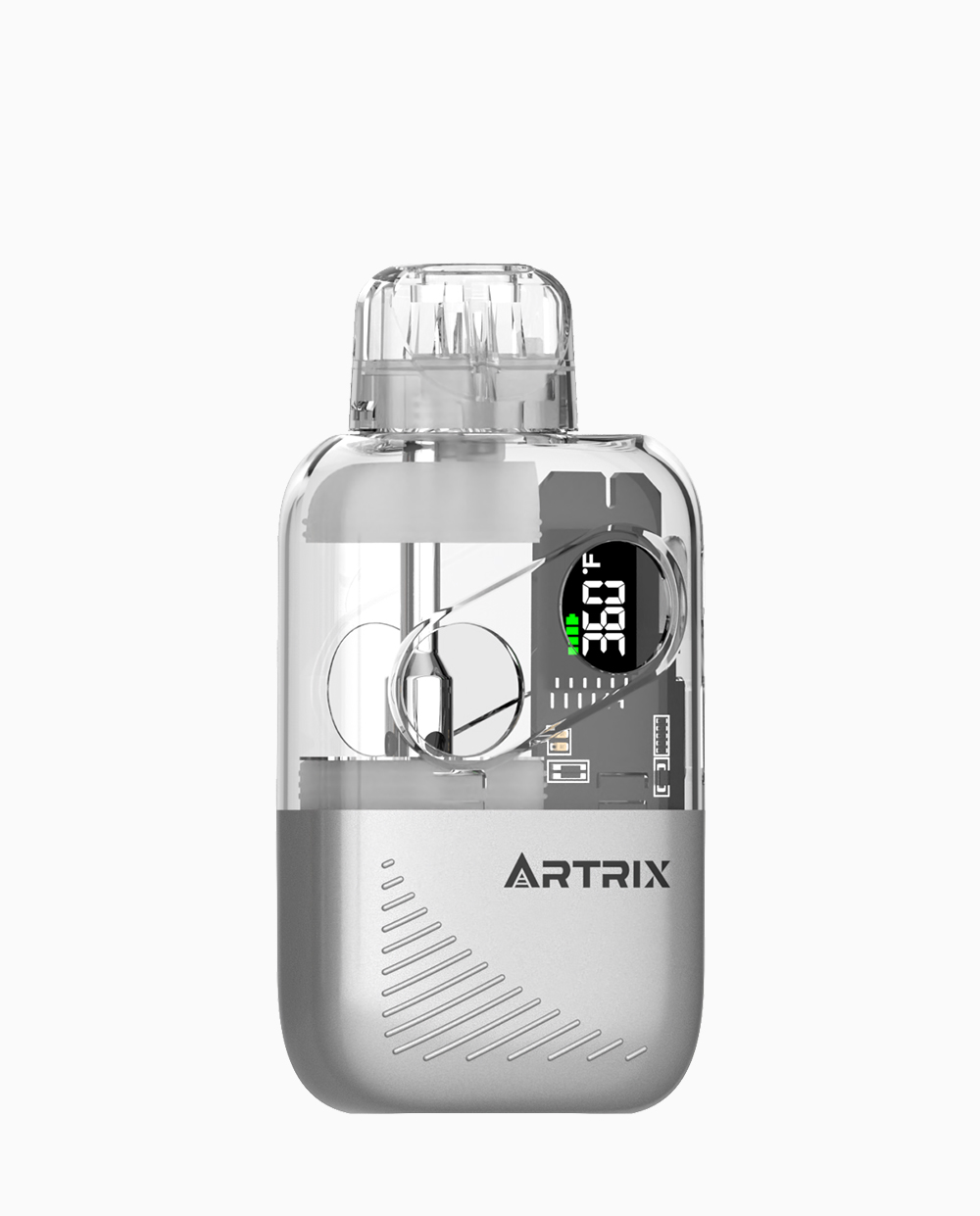
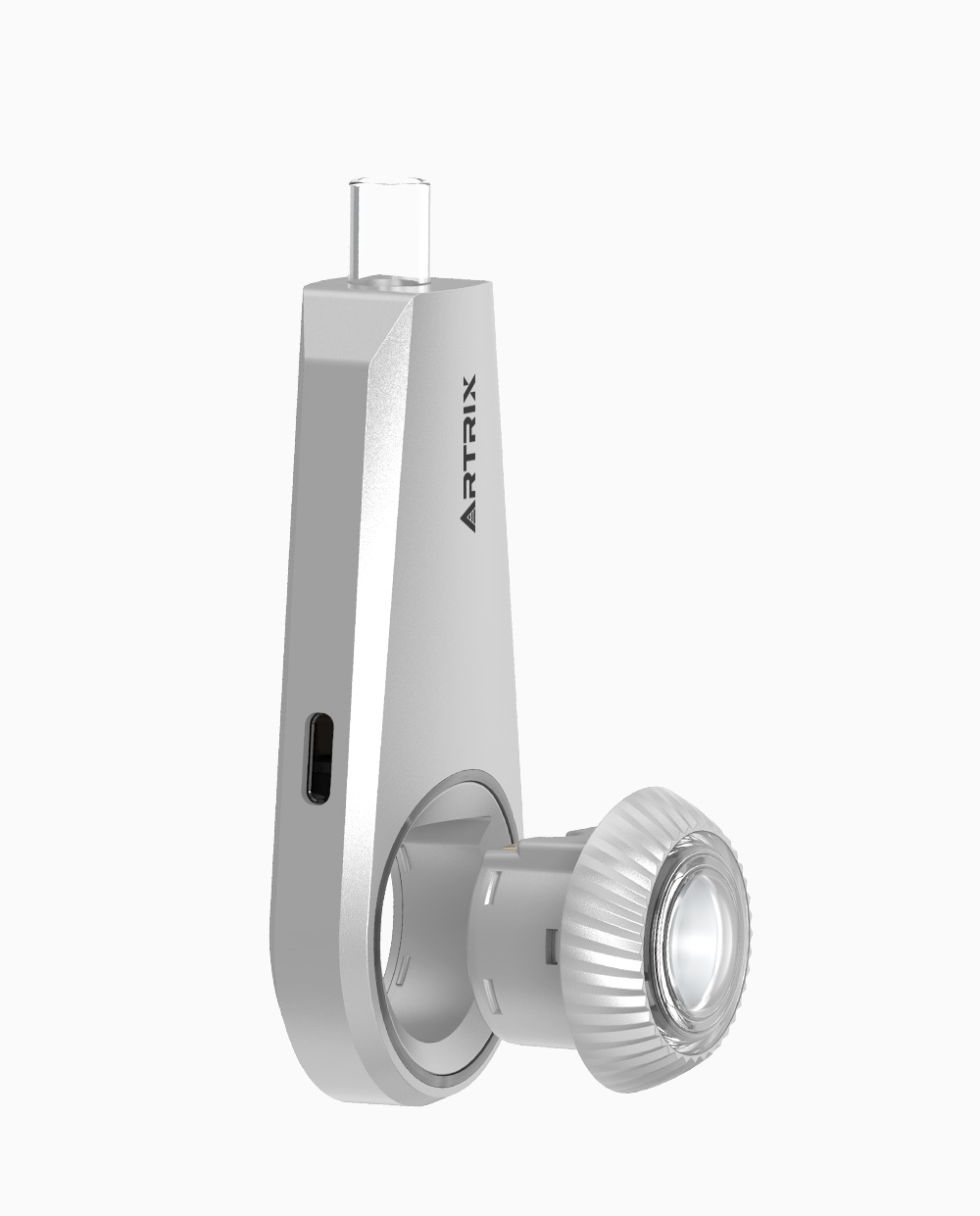





-1.webp)
-1.webp)
-2.webp)




























